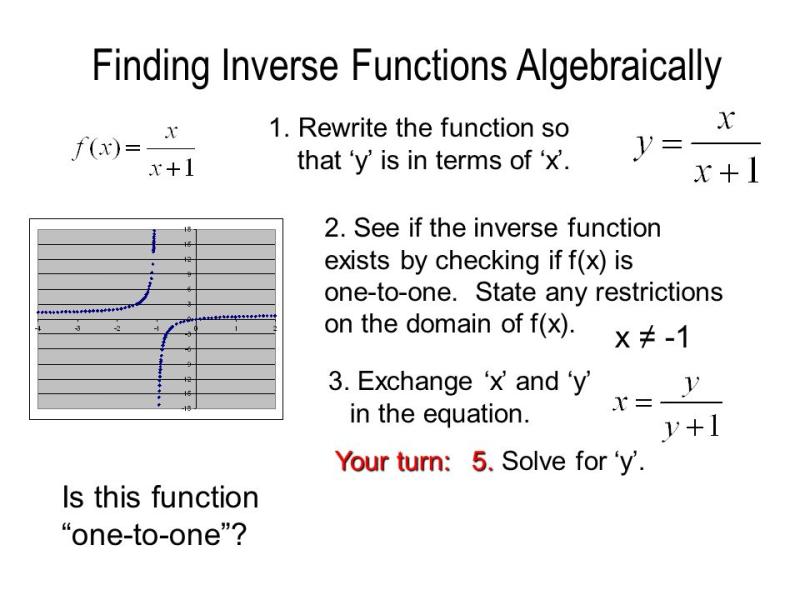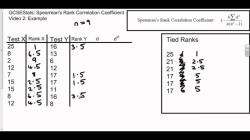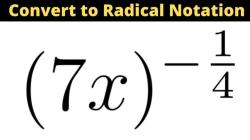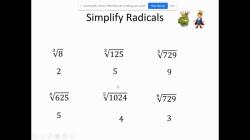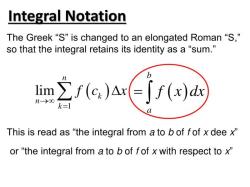How can you tell if functions are inverse functions?
To determine if two functions are inverse functions, you can use the following criteria and assessments:
Composition of Functions:
- Given two functions, and , check if the composition is equal to for all in the domain of , and if is equal to for all in the domain of .
Symbolic Representation:
- If and , then is the inverse function of , and vice versa.
Algebraic Verification:
- For functions and to be inverses, their composition should satisfy the following equations:
- (for all in the domain of )
- (for all in the domain of )
- For functions and to be inverses, their composition should satisfy the following equations:
One-to-One Property:
- A function must be one-to-one (injective) for it to have an inverse. This means that each distinct input corresponds to a unique output.
Domain and Range:
- Ensure that the domain and range of the functions are chosen such that the inverse exists. In some cases, you may need to restrict the domain to make the functions one-to-one.
Graphical Representation:
- On a coordinate plane, the graphs of inverse functions are reflections of each other across the line .
Example:
Let and be two functions.
Composition:
- Calculate and .
- Calculate and .
Verification:
- Since and , is the inverse function of , and vice versa.
In this example, and are indeed inverse functions.
By applying these criteria and assessments, you can determine whether two functions are inverses of each other.
Indications of functions being inverse functions?
There are several ways to identify if two functions are inverse functions. Here are the key indications:
1. Composition:
For two functions f and g to be inverse functions, their composition must result in the identity function. This implies that for all values of x within their domains:
f(g(x)) = x and g(f(x)) = x
Essentially, applying one function after the other "undoes" the effect of the first function, resulting in the original input value.
2. Bijectivity:
Both functions f and g must be bijective, meaning they satisfy two properties:
- One-to-one: Each input value maps to a unique output value.
- Onto: Each output value is the result of some input value.
In other words, there are no repeated output values for different input values, and every possible output value is reached by some input value.
Additional Indications:
While not definitive, several other factors can suggest that two functions might be inverse:
1. Graph Symmetry:
If the graph of one function is the reflection of the other over the line y = x, they are potentially inverse functions. This visual symmetry indicates that applying one function "undoes" the effect of the other.
2. Function Definitions:
If one function is explicitly defined as the inverse of the other (e.g., f^(-1)(x)), this strongly suggests that they are indeed inverse functions.
3. Operation Reversal:
If f(x) and g(x) represent the same operation but in opposite order (e.g., addition and subtraction), they might be inverse functions.
It's important to remember that these additional indications are not conclusive. Always verify the two main conditions – composition and bijectivity – to confirm whether two functions are truly inverses.
